What Is Wifi For On A Camera?
WiFi on a camera allows for wireless connectivity, enabling the user to transfer photos and videos to a computer or mobile device, as well as remotely control the camera using a smartphone or tablet. This feature also facilitates the sharing of images and videos directly to social media platforms or cloud storage services without the need for physical connections or memory card removal.
1、 Functionality

The functionality of WiFi on a camera allows for seamless connectivity and communication between the camera and other devices such as smartphones, tablets, or computers. This enables users to easily transfer photos and videos from the camera to their devices without the need for cables or card readers. Additionally, WiFi connectivity allows for remote control of the camera, making it possible to adjust settings, capture images, and even record videos from a distance using a compatible app.
From the latest point of view, WiFi on a camera also facilitates instant sharing of content on social media platforms or cloud storage services. This is particularly valuable in today's fast-paced digital age, where users often want to share their photos and videos with friends and followers in real-time. Furthermore, WiFi connectivity can enable firmware updates and software enhancements to be easily installed on the camera, ensuring that it remains up-to-date with the latest features and improvements.
Overall, WiFi functionality on a camera enhances the user experience by providing convenient ways to transfer, control, and share content, while also keeping the camera's software current. As technology continues to evolve, WiFi connectivity is likely to become even more integral to the overall functionality and usability of cameras, offering users greater flexibility and convenience in capturing and sharing their visual experiences.
2、 Connectivity
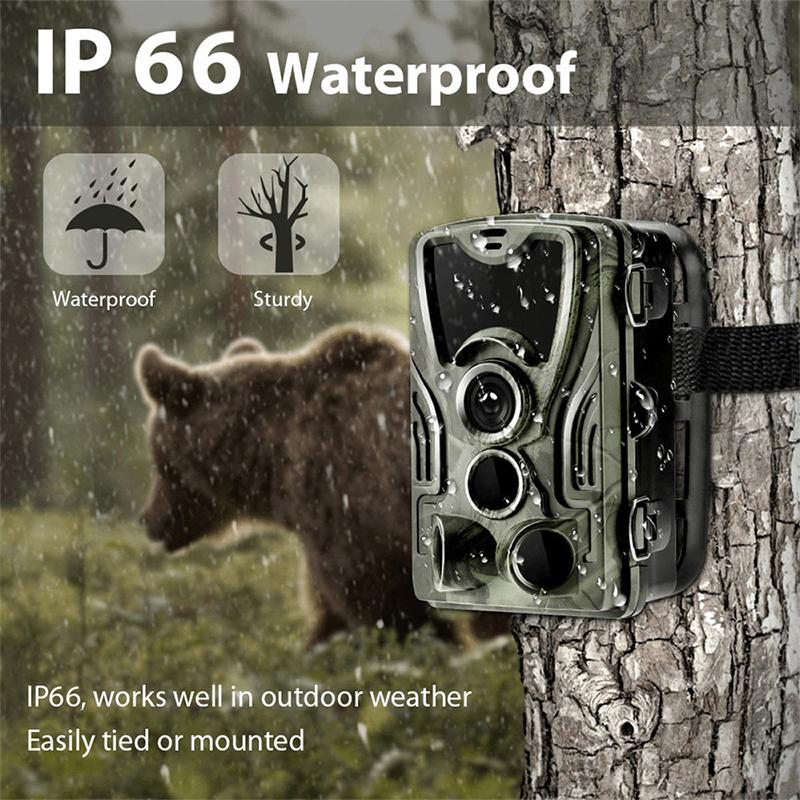
"Connectivity" refers to the ability of a camera to connect to a wireless network, typically through Wi-Fi. Wi-Fi connectivity on a camera allows for a range of useful functions, including the ability to transfer photos and videos wirelessly to a computer or mobile device, remotely control the camera, and even upload images directly to social media platforms.
In the latest point of view, Wi-Fi connectivity on a camera has become increasingly important as more photographers seek to streamline their workflow and share their work in real-time. With the rise of social media and the demand for instant sharing, Wi-Fi connectivity allows photographers to quickly and easily transfer their images to their smartphones or tablets for editing and sharing.
Additionally, Wi-Fi connectivity enables photographers to remotely control their cameras, making it easier to capture group shots, self-portraits, or wildlife photography without needing to physically touch the camera. This feature has become particularly popular among vloggers and content creators who need to film themselves without assistance.
Furthermore, Wi-Fi connectivity also facilitates firmware updates, enabling camera manufacturers to provide new features and improvements to their devices without the need for physical connections or memory cards.
Overall, Wi-Fi connectivity on a camera provides photographers with greater flexibility, convenience, and creative possibilities, making it an essential feature in modern camera technology.
3、 Remote control
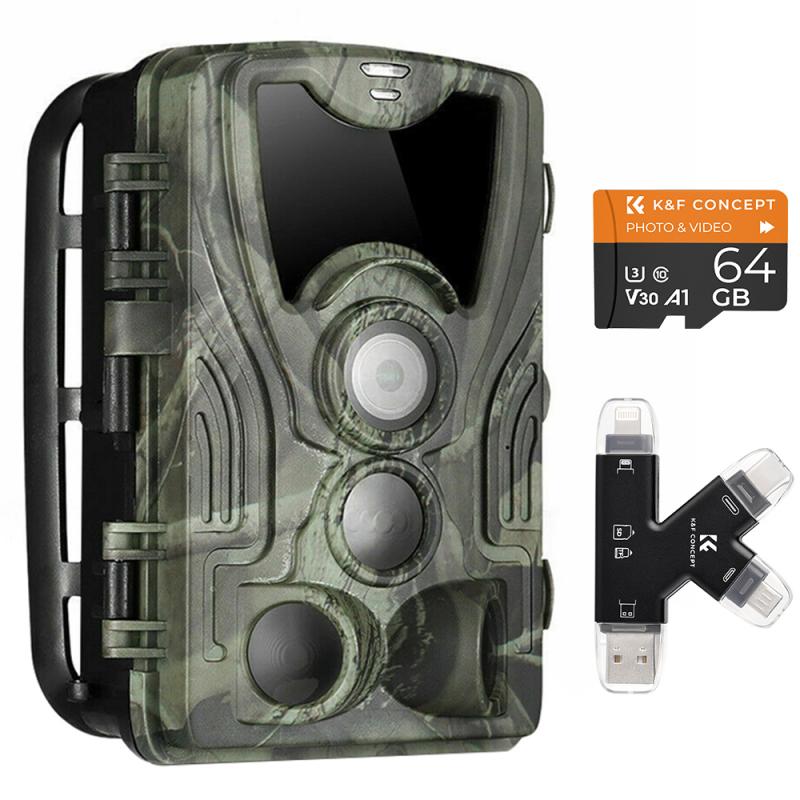
"Remote control" is one of the key functions of WiFi on a camera. With WiFi connectivity, photographers can remotely control their cameras using a smartphone or tablet. This allows for greater flexibility in capturing images, especially in situations where physically accessing the camera may be difficult or impractical. For example, photographers can set up their camera in a high or hard-to-reach location and then control it remotely to capture the perfect shot.
In addition to remote control, WiFi on a camera also enables photographers to transfer images wirelessly to a smartphone, tablet, or computer. This can be particularly useful for quickly sharing images on social media, backing up photos on the go, or transferring images to a larger screen for editing and viewing.
From a latest point of view, WiFi on a camera has become increasingly important as photographers seek more efficient and flexible ways to capture and share their images. With the rise of social media and the demand for instant sharing, the ability to transfer images wirelessly has become a valuable feature for many photographers. Additionally, the advancements in smartphone technology have made remote control of cameras more intuitive and user-friendly, further enhancing the appeal of WiFi connectivity on cameras.
Overall, WiFi on a camera serves the purpose of enabling remote control and wireless image transfer, providing photographers with greater flexibility and convenience in their photography workflow.
4、 File transfer

"File transfer" is the primary purpose of WiFi on a camera. It allows photographers to quickly and wirelessly transfer photos and videos from the camera to a computer, smartphone, or other devices. This feature is particularly useful for professionals who need to quickly share their work with clients or for enthusiasts who want to upload their images to social media platforms without the need for a physical connection.
In recent years, the latest point of view on WiFi in cameras has emphasized the importance of connectivity and convenience. With the increasing demand for instant sharing and remote access to files, WiFi-enabled cameras have become more popular. This feature allows photographers to streamline their workflow and easily access their images from anywhere, making it easier to edit, share, and store their work.
Additionally, WiFi on a camera can also enable remote control functionality, allowing photographers to control the camera settings and capture images from a distance using a smartphone or tablet. This can be particularly useful for capturing group shots, self-portraits, or wildlife photography where the photographer needs to be at a distance from the camera.
Overall, WiFi on a camera serves the practical purpose of file transfer, but its latest point of view emphasizes the importance of connectivity, convenience, and remote access, making it an essential feature for modern photographers.










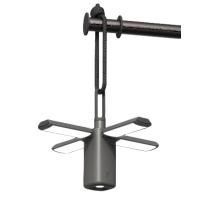
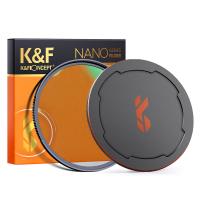


![Carbon Monoxide Detectors Portable Temperature Detector/Humidity Sensor/Air Quality Meter Smoke CO Gas Monitor [3 in 1] Alarm Carbon Monoxide Detectors Portable Temperature Detector/Humidity Sensor/Air Quality Meter Smoke CO Gas Monitor [3 in 1] Alarm](https://img.kentfaith.de/cache/catalog/products/de/GW40.0007/GW40.0007-1-200x200.jpg)

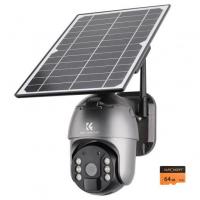
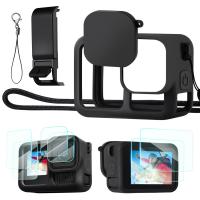




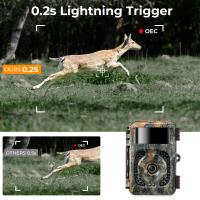





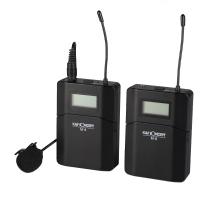
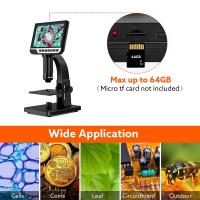
There are no comments for this blog.